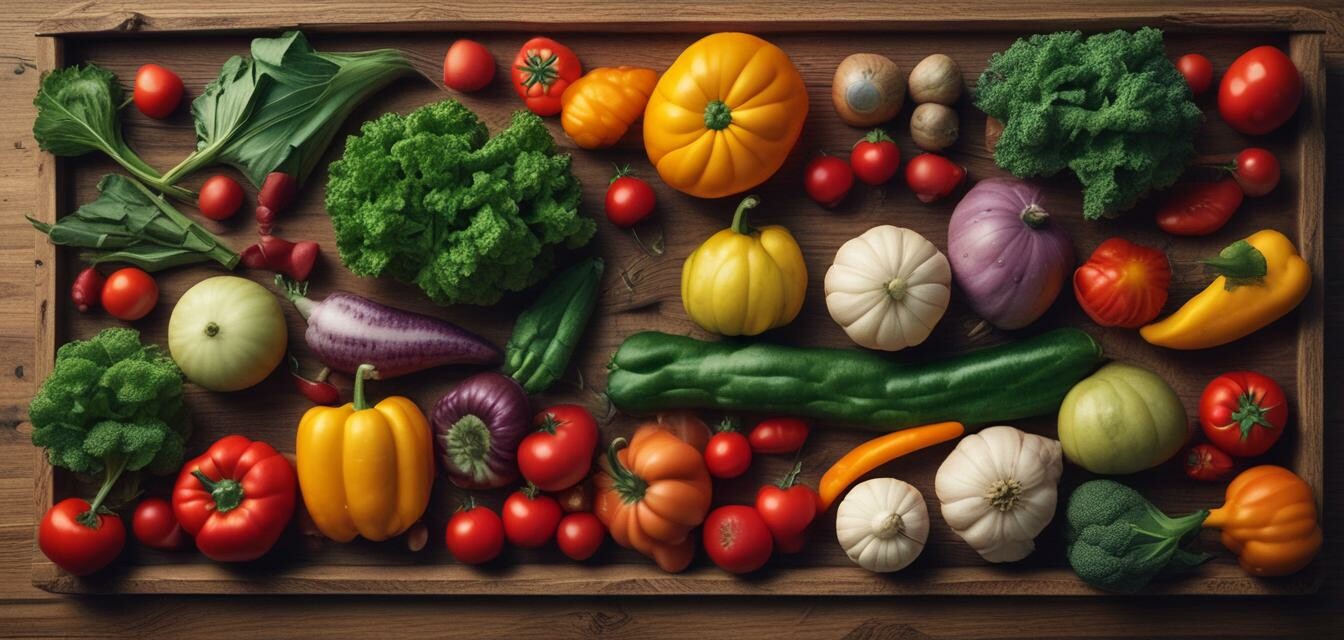
Tips for cooking with seasonal vegetables
Key Takeaways
- Choose vegetables in season for better flavor and freshness.
- Understand preparation techniques to enhance natural flavors.
- Experiment with cooking methods to enjoy a variety of textures and tastes.
- Store fresh vegetables properly to extend their shelf life.
Cooking with seasonal vegetables not only enhances the flavor of your meals but also supports local farmers and reduces the environmental impact of transporting produce. Understanding how to select, prepare, and enjoy these vegetables can elevate your cooking experience.
Why cook with seasonal vegetables?
Seasonal vegetables are harvested at their peak ripeness, which means they are bursting with flavor and nutrients. When you cook with these fresh picks, you’ll enjoy:
- Improved Taste: Nothing beats the flavor of a sun-ripened tomato or freshly harvested zucchini.
- Better Nutritional Value: Seasonal veggies are often more nutritious as they are fresher.
- Cost Savings: Produce that is in season is typically cheaper.
How to select seasonal vegetables
Choosing the best seasonal vegetables involves understanding what is available in your area and at what times. Below is a simple table showing typical vegetables available in each season:
| Season | Vegetables |
|---|---|
| Spring | Asparagus, peas, radishes, spinach |
| Summer | Tomatoes, zucchini, eggplant, bell peppers |
| Fall | Squash, pumpkins, carrots, beets |
| Winter | Kale, cabbage, Brussels sprouts, root vegetables |
Preparations Techniques for Seasonal Vegetables
Once you have selected your seasonal vegetables, it's time to prepare them for cooking. Here are some techniques:
- Washing: Rinse your vegetables under cool running water to remove dirt and pesticides.
- Peeling: Certain vegetables like carrots and potatoes may need peeling to enhance taste.
- Chopping: Cut your vegetables into uniform sizes to ensure even cooking.
- Marinating: Give vegetables a boost of flavor by marinating them in olive oil and spices for at least 30 minutes before cooking.
Cooking Methods to Try
There are many different ways to cook seasonal vegetables, each bringing out unique flavors. Here’s a summary of popular methods:
Pros of Cooking Methods
- Roasting enhances sweetness and caramelizes natural sugars.
- Steaming retains nutrients while softening texture.
- Sautéing in olive oil adds flavor and keeps a crisp bite.
Cons of Cooking Methods
- Roasting can take longer and may require constant monitoring.
- Steaming may lead to a bland taste without seasoning.
- Sautéing requires attention to avoid burning.
Storing seasonal vegetables
After purchasing your seasonal vegetables, proper storage can prolong their freshness. Consider these tips:
- Store leafy greens in perforated plastic bags in the refrigerator's crisper drawer.
- Root vegetables like potatoes and carrots do best in a cool, dark place.
- Keep tomatoes at room temperature for the best flavor, but they should be eaten relatively quickly.
Conclusion
Cooking with seasonal vegetables is a rewarding experience that leads to delicious meals. By selecting fresh produce, mastering preparation techniques, and exploring various cooking methods, you can transform your culinary skills and enjoy the benefits of seasonal cooking. For more cooking tips, consider exploring our Cooking Tips & Techniques category!
Tips for getting started
- Visit local farmers' markets to explore available seasonal produce.
- Join cooking classes that focus on seasonal ingredients.
- Experiment with one new vegetable each week to broaden your palate.